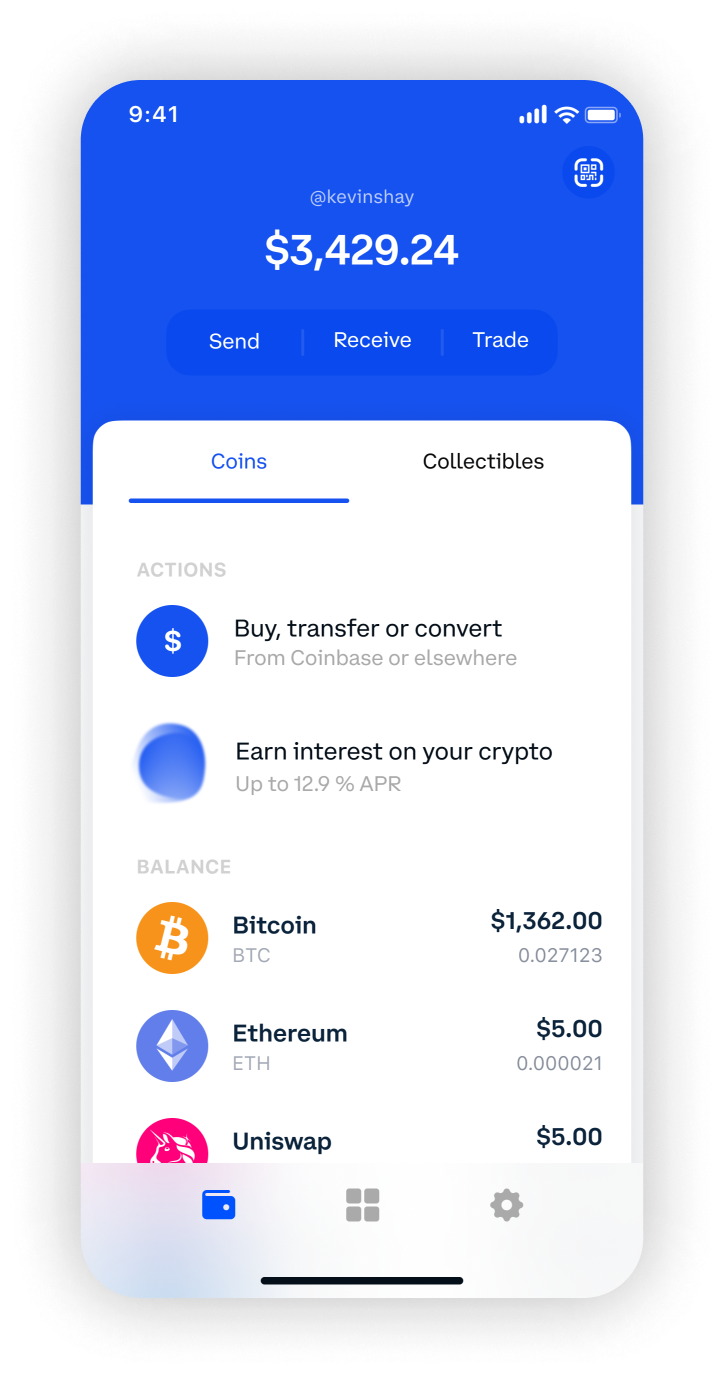
The Settings page even suggests, Tip: For better security, switch to an authenticator app Note how the options are ranked by Coinbase
Coinbase app verification#
Once you have set up your account, the Settings > Security options in Coinbase will show you additional 2-step verification options.
Coinbase app code#
Setting up two-step verification with your Coinbase accountĬoinbase will then ask for the authentication code.Ĭonfirming with the authentication code Consider other two-step verification options Once you complete this process, you will have additional two-step authentication options that we detail later in this post. That password might look like your Coinbase account securely with an extra long password from your password manager Setup the required two-step authenticationīy default Coinbase will ask you to set up two-step authentication (Coinbase uses the term verification) with a telephone number. Use this long, complex, random and unique password when setting up your Coinbase account.

Coinbase app generator#
Check out the Bitwarden password generator inside any Bitwarden client, or visit our web-based password generator. Perhaps you make it extra long, up to 128 characters. When you are setting up your Coinbase account security you can generate such a password using a password generator. This makes a brute force attack impossible in our current lifetimes, and if one site you use were to have a data breach, your other accounts will still be secure. A password manager helps you create long, complex, random, and unique passwords for every site you visit. You can immediately take control of your own online security by using a password manager. In this post, we cover the basics of securing your Coinbase account, including the use of two-factor authentication, as currently implemented by Coinbase.

Protecting your cryptocurrency information involves multiple levels across public and private keys, seed phrases, logins, and passwords to digital wallets. In January of this year, the New York Times reported that a programmer in San Francisco owned 7,002 Bitcoin that he could not retrieve because he lost the password to his digital wallet. Cryptocurrencies have captured everyone’s attention, but that attention has not always included securely storing important keys and passwords.


 0 kommentar(er)
0 kommentar(er)
